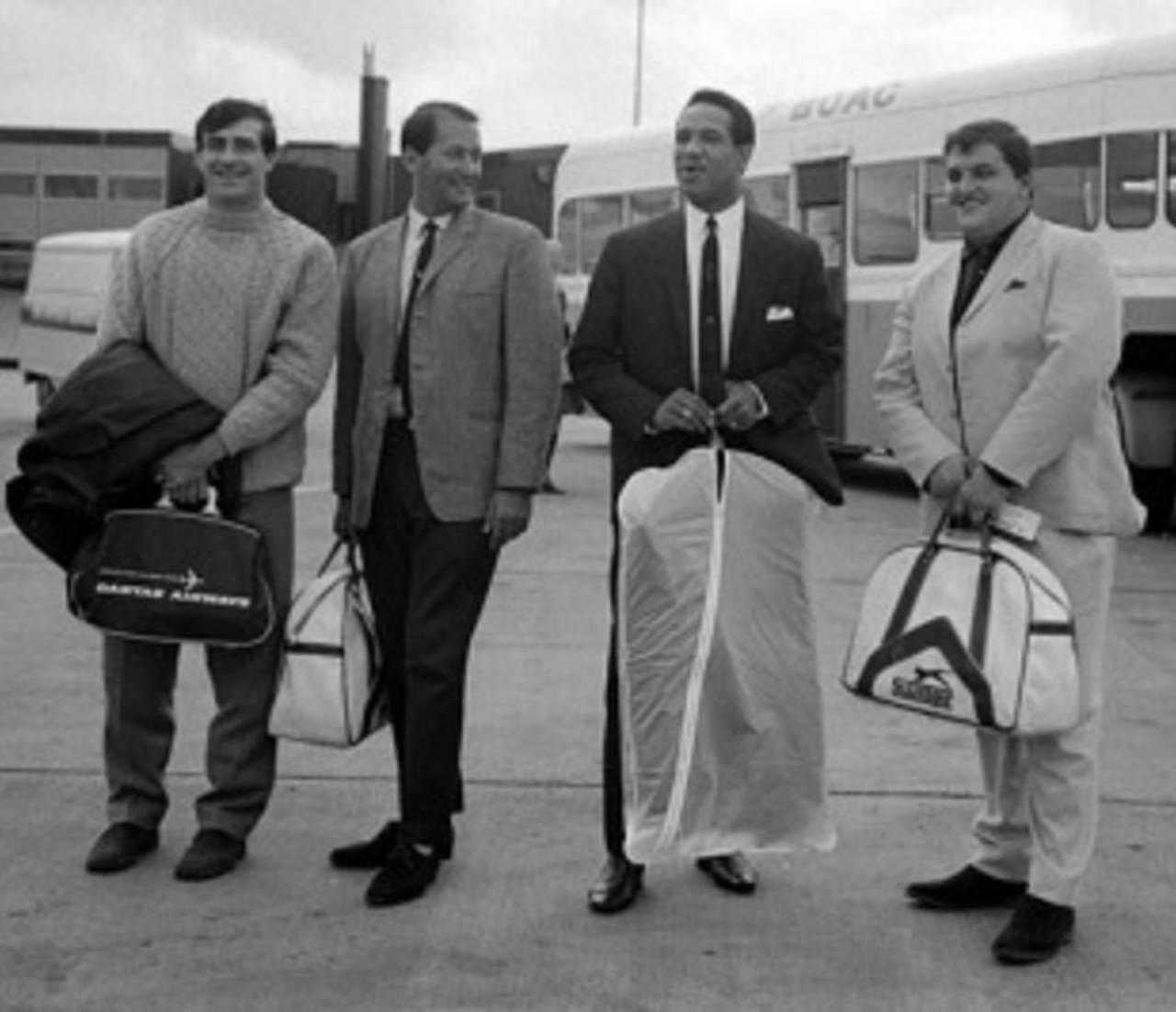Nineteen-sixty-eight has been judged in hindsight to be a hinge moment in modern political history. Cricket's version of soixante-huitards were the international stars, led by Sir Garfield Sobers, admitted that season to the County Championship. The foreigners who had turned out for English counties before, from Albert Trott, the Australian, to Roy Marshall, the West Indian, had done so only after fulfilling residential qualifications that essentially sacrificed their prospects of representing their countries again at Test level.
The ostensible aim of the deregulatory initiative of 1968 was to lure the best and brightest to county cricket. They duly began to dominate: in the 1968 season, three of the first five batsmen in the averages were foreign Test stars. But in enhancing the mobility of cricket talent, the change had quite unforeseen effects. By 1975, there were 17 West Indian players representing English counties: Caribbean cricketers had become beneficiaries, as it were, of a handsome trans-Atlantic subsidy.
The emergence of the travelling Test star was a phenomenon that seemed to have no losers, at least until England's decline as a cricket power, when jobbing foreign pros got the blame for holding back local talent (although when re-regulation changed nothing, the issue was just as hastily dropped). But the importance of the development lay in other areas: the taste they gave international cricketers of real professionalism, and the unsustainable anomaly that county contracts were more remunerative than Test fees, Sixty-eight then was a hinge moment in cricket's history, perceptible only in hindsight.
